MFKB
Share
Cut & Sewn Nitrile Gloves
- CERTIFIED PROTECTION AND DURABILITY - The Mallcom MFKB Blue 240 GSM Cotton Interlock Cut n Stitch Medium Coated Nitrile Safety Gloves are certified under EN 388, ensuring top-notch protection. With a medium-full nitrile coating on 100% cotton, these gloves offer robust abrasion resistance and durability. The interlock lining knitted at the wrist prevents dust ingress, maintaining cleanliness during tasks
- VERSATILE APPLICATION IN CHALLENGING ENVIRONMENTS - Designed for versatility, these medium-weight gloves excel in oily and slippery environments. The nitrile coating provides excellent resistance to oil, making them ideal for industries dealing with lubricants or greasy surfaces. Moreover, they effectively withstand chemical and abrasion hazards, ensuring reliable protection across various tasks
- SECURE GRIP AND COMFORTABLE FIT - Featuring a medium full nitrile coating, these gloves offer a secure grip on different surfaces, enhancing user control and safety. Additionally, the 100% cotton construction ensures comfort during prolonged wear, reducing fatigue. With an interlock lining knitted at the wrist, these gloves not only prevent dust but also provide a snug fit for enhanced dexterity
- ENHANCED PROTECTION AGAINST DIRT AND CONTAMINANTS - The durable nitrile coating, combined with the robust cotton interlock construction, offers excellent resistance to dirt and contaminants. This ensures cleanliness and safety during tasks, making these gloves suitable for environments where hygiene is paramount. Whether dealing with abrasive materials or oily surfaces, these gloves provide reliable protection for various industrial applications
Abrasion
Oil Resistant
Dirt
EN388
Delivery & Services

Easy Return
with our 15 days return poicy
Regular price
Rs. 0
Sale price
Rs. 0
Regular price
Tax included.
Shipping calculated at checkout.
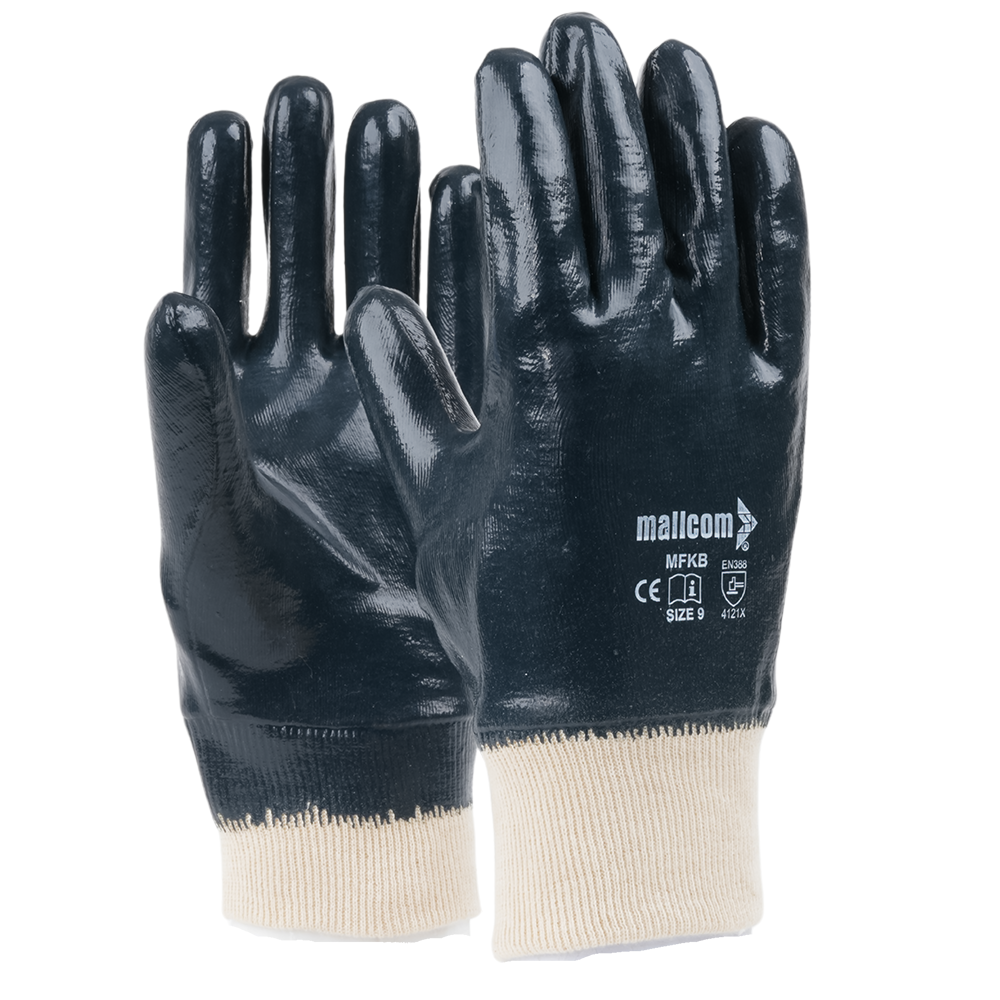
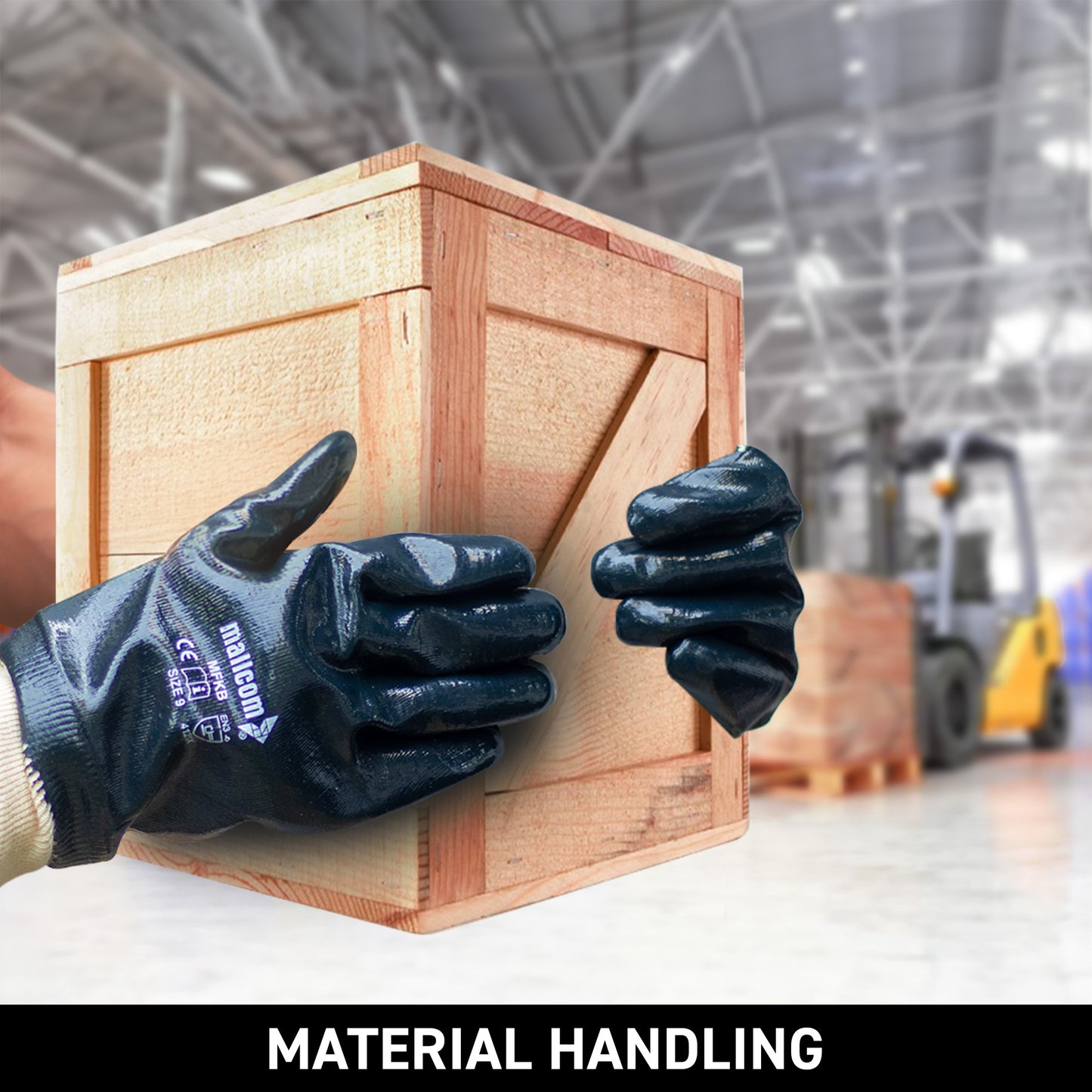
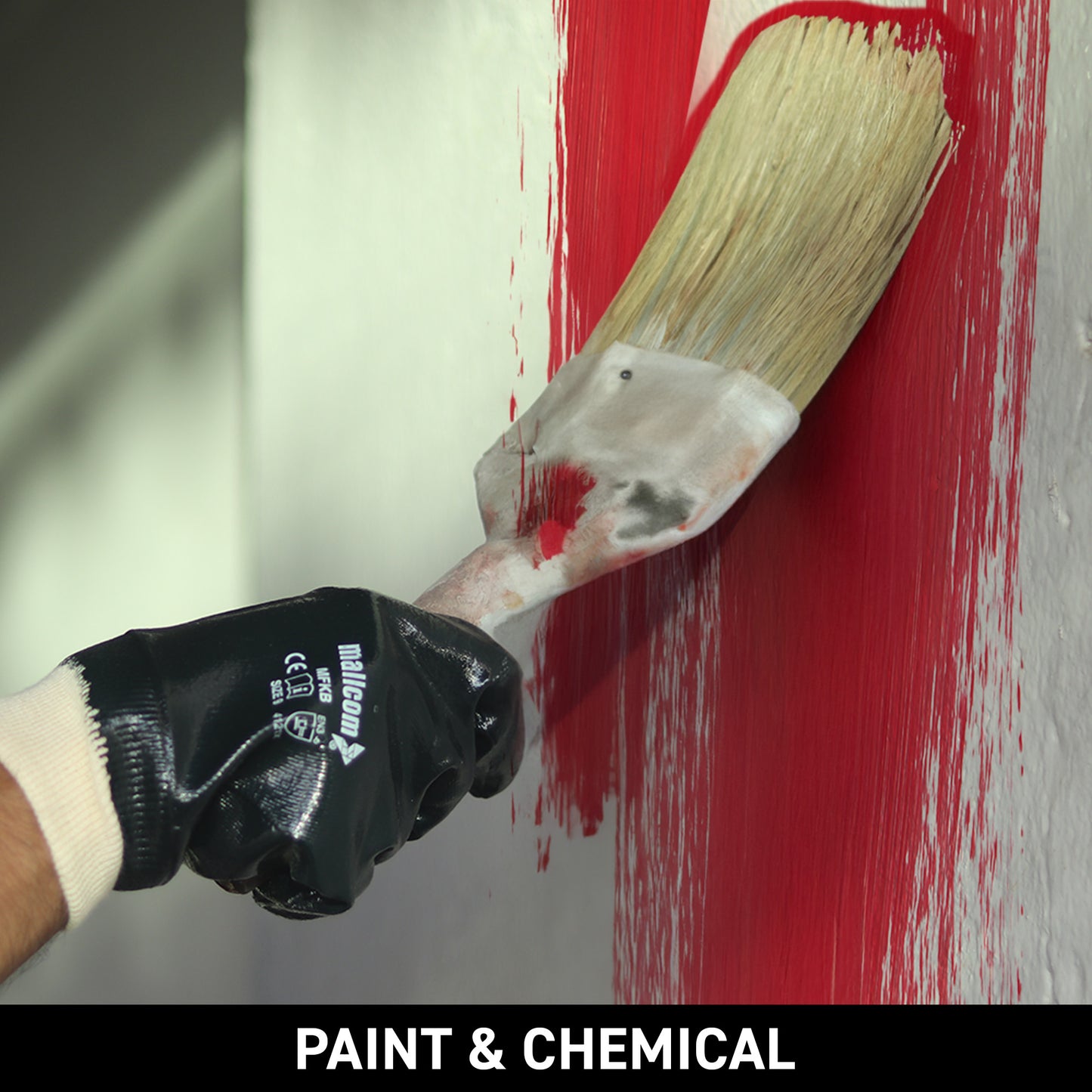

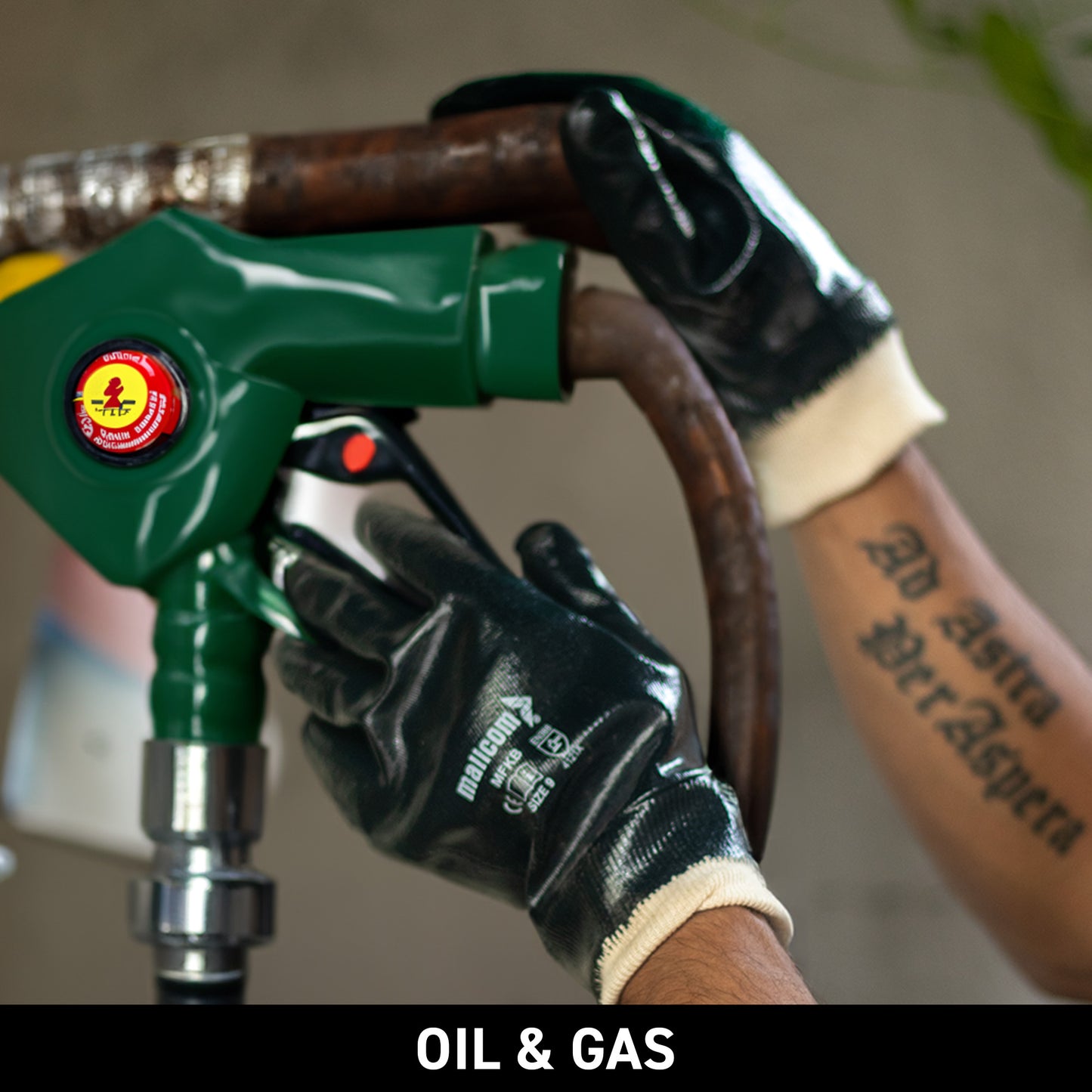
ABOUT THE DESIGN
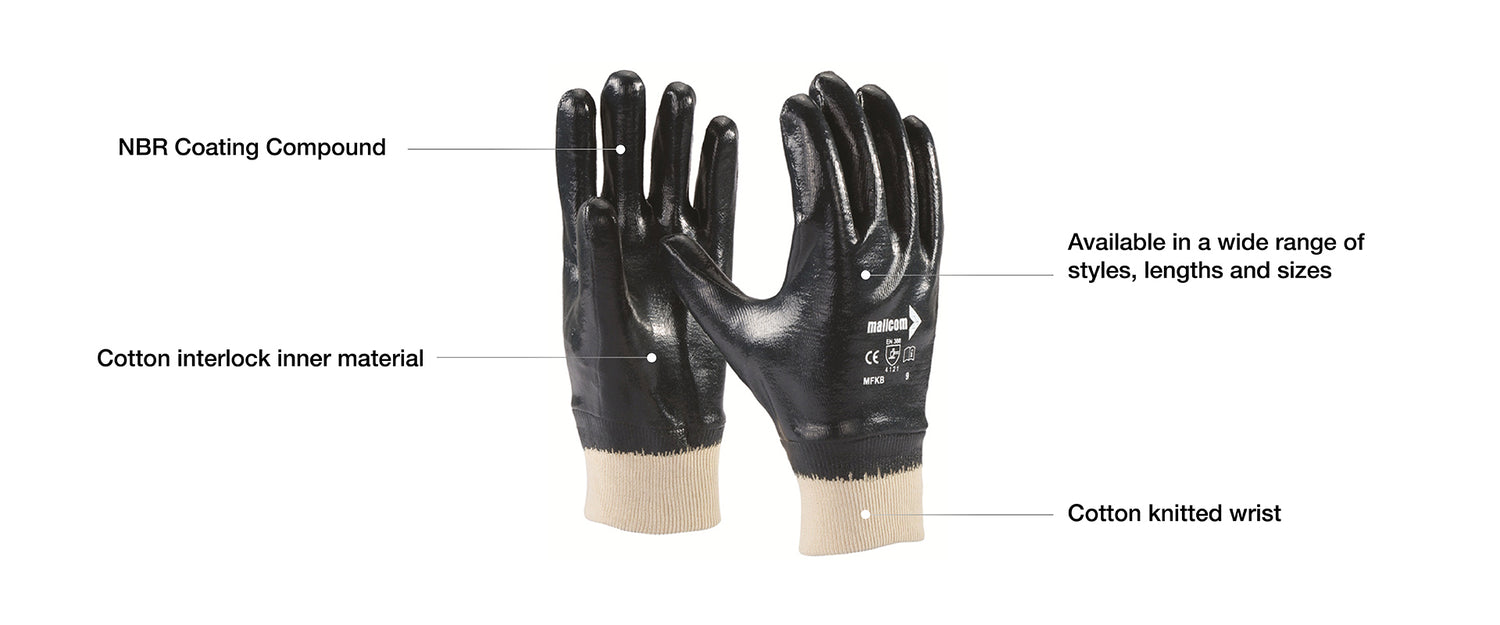
USEFUL IN THESE INDUSTRIES
MATERIAL HANDLING
OIL & GAS
PAINT & CHEMICAL
PETROCHEMICAL

Resistance to abrasion based on the number of cycles required to abrade through the sample glove (abrasion by sandpaper under a stipulated pressure). The protection factor is then indicated on a scale from 1 to 4 depending on how many revolutions are required to make a hole in the material. The higher the number, the better the gloves.
Blade cut resistance based on the number of cycles required to cut through the sample at a constant speed. The protection factor is then indicated on a scale from 1 to 5.
Tear resistances based on the amount of force required to tear the sample. The protection factor is then indicated on a scale from 1 to 4.
Puncture resistances based on the amount of force required to pierce the sample with a standardly sized point. The protection factor is then indicated on a scale from 1 to 4.
The glove sample is placed on a conductive strip and loaded onto the TDM-100. When the metal blade touches the metal strip, the test is terminated. A straight blade is loaded into the machine. Weight is added to serve as a force. The blade moves across the fabric. The blade is replaced with a new one to ensure accuracy. The sample is cut five times, each with three different loads. The distance travelled to cause cut through at various forces is recorded. The data is used to determine the load required to cut through the sample.
The glove’s material is stretched and lit with a gas flame. The flame is held against the material for 15 seconds. After the gas flame is distinguished, the length of time is measured for how long the material either glows or burns.
The glove’s material is exposed to temperatures between +100°C and +500°C. The length of time is then measured for how long it takes the material on the inside of the glove to increase by 10°C from the starting temperature (approx. 25°C). 15 seconds is the minimum accepted length of time for approval. For example: to be marked with class 2, the glove’s inside material must manage 250°C heat for 15 seconds before the material exceeds 35°C.
The amount of time is measured for the heat from a gas flame (80Kw/kvm) to increase the temperature of the glove’s inside material by 24°C.
The glove’s material is stretched in front of a heat source with an effect of 20-40 kw/kvm. The average time is measured for heat penetration of 2.5 kw/kvm.
The test is based on the total number of drops of molten metal required to increase the temperature by 40°C between the inside of the glove and the skin.
glove material. Molten metal is then poured over the glove material. The total number of grams is measured by how much molten metal is required to damage the simulated skin.
Product Features
ABOUT THE DESIGN
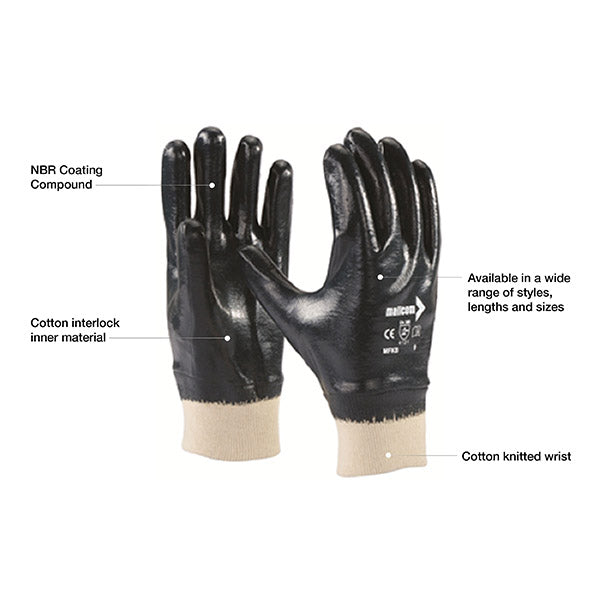
USEFUL IN THESE INDUSTRIES
MATERIAL HANDLING
OIL & GAS
PAINT & CHEMICAL
PETROCHEMICAL
Product Details
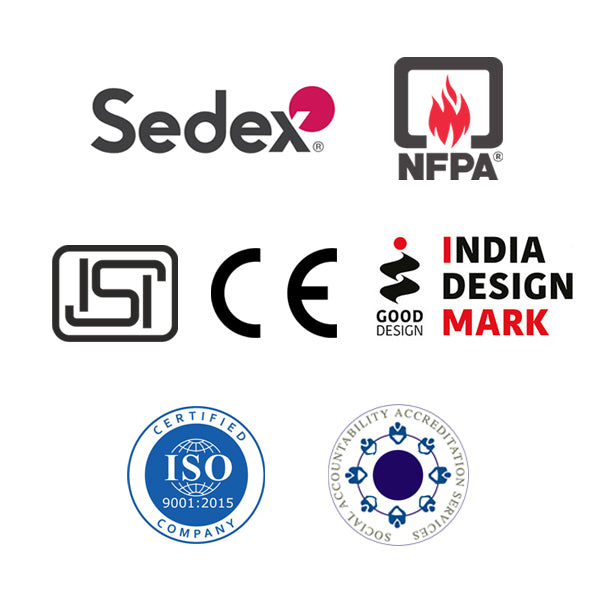
Tests
Resistance to abrasion based on the number of cycles required to abrade through the sample glove (abrasion by sandpaper under a stipulated pressure). The protection factor is then indicated on a scale from 1 to 4 depending on how many revolutions are required to make a hole in the material. The higher the number, the better the gloves.
Blade cut resistance based on the number of cycles required to cut through the sample at a constant speed. The protection factor is then indicated on a scale from 1 to 5.
Tear resistances based on the amount of force required to tear the sample. The protection factor is then indicated on a scale from 1 to 4.
Puncture resistances based on the amount of force required to pierce the sample with a standardly sized point. The protection factor is then indicated on a scale from 1 to 4.
The glove sample is placed on a conductive strip and loaded onto the TDM-100. When the metal blade touches the metal strip, the test is terminated. A straight blade is loaded into the machine. Weight is added to serve as a force. The blade moves across the fabric. The blade is replaced with a new one to ensure accuracy. The sample is cut five times, each with three different loads. The distance travelled to cause cut through at various forces is recorded. The data is used to determine the load required to cut through the sample.
The glove’s material is stretched and lit with a gas flame. The flame is held against the material for 15 seconds. After the gas flame is distinguished, the length of time is measured for how long the material either glows or burns.
The glove’s material is exposed to temperatures between +100°C and +500°C. The length of time is then measured for how long it takes the material on the inside of the glove to increase by 10°C from the starting temperature (approx. 25°C). 15 seconds is the minimum accepted length of time for approval. For example: to be marked with class 2, the glove’s inside material must manage 250°C heat for 15 seconds before the material exceeds 35°C.
The amount of time is measured for the heat from a gas flame (80Kw/kvm) to increase the temperature of the glove’s inside material by 24°C.
The glove’s material is stretched in front of a heat source with an effect of 20-40 kw/kvm. The average time is measured for heat penetration of 2.5 kw/kvm.
The test is based on the total number of drops of molten metal required to increase the temperature by 40°C between the inside of the glove and the skin.
glove material. Molten metal is then poured over the glove material. The total number of grams is measured by how much molten metal is required to damage the simulated skin.
































